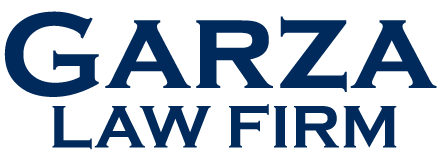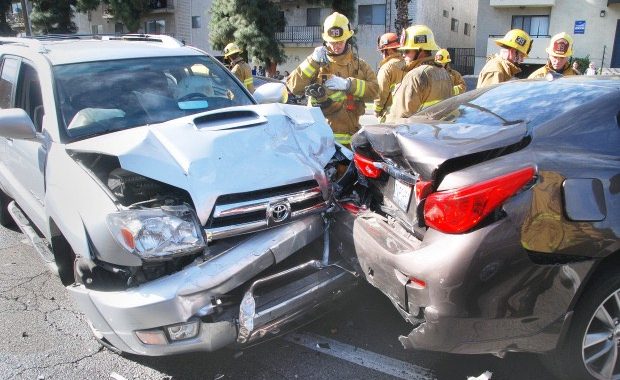Full Coverage Insurance in Tennessee
The Truth About “Full Coverage” Insurance in Tennessee: What Every Driver Needs to Know
As a Tennessee attorney, when I ask clients if they have uninsured or underinsured motorist coverage, I hear the same response almost daily: “Oh yes, I have full coverage.” Unfortunately, this common phrase often gives people a false sense of security that can prove costly when they need protection most.
The reality is that “full coverage” isn’t a standardized insurance term, and what your policy actually covers may be far less comprehensive than you think. Let me break down what you really need to know about auto insurance in Tennessee.
What “Full Coverage” Usually Means (And What It Doesn’t)
When most people say they have “full coverage,” they typically mean their policy includes:
- Liability insurance (required by Tennessee law)
- Collision coverage (covers damage to your vehicle in an accident)
This sounds complete, right? Here’s the problem: this standard “full coverage” package often excludes two crucial protections—uninsured/underinsured motorist coverage and medical payments coverage (MedPay).
The Coverage That Actually Protects Your Body
While liability insurance protects others if you cause an accident, and collision coverage protects your car, uninsured/underinsured motorist (UM/UIM) coverage is the only insurance that truly protects your body when someone else injures you.
Medical payments coverage (MedPay) is another important protection that should be part of any insurance package. MedPay covers medical expenses for you and your passengers. This coverage can bridge the gap while other insurance claims are being processed and often covers expenses like ambulance rides, emergency room visits, and follow-up medical care.
UM/UIM coverage becomes crucial when:
- An uninsured driver hits you;
- An underinsured driver causes injuries that exceed their policy limits; or,
- You’re the victim of a hit-and-run accident.
In Tennessee, where approximately 20% of drivers are uninsured, this protection isn’t just recommended, it’s essential. Yet many “full coverage” policies don’t automatically include adequate UM/UIM coverage or MedPay.
Understanding Coverage Limits: Not All “Full Coverage” Is Created Equal
Even if your policy includes uninsured motorist coverage, the protection varies dramatically based on your coverage limits. When you see numbers like 25/50, 50/100, 100/300, or 250/500, here’s what they mean:
25/50 Coverage:
- $25,000 maximum per person injured
- $50,000 maximum per accident (total for all people)
50/100 Coverage:
- $50,000 maximum per person injured
- $100,000 maximum per accident
100/300 Coverage:
- $100,000 maximum per person injured
- $300,000 maximum per accident
250/500 Coverage:
- $250,000 maximum per person injured
- $500,000 maximum per accident
Consider this: if you’re seriously injured in an accident and face $100,000 in medical bills, but your uninsured motorist coverage is only 25/50, you’ll only receive $25,000 from your insurance. You’re responsible for the remaining $75,000.
Higher Coverage Costs Less Than You Think
Those higher coverage numbers might sound extreme or expensive, but the reality is that upgrading your protection often costs far less than most people expect. According to a local Knoxville insurance agent, the difference between basic 25/50 coverage and much more robust 100/300 coverage can be as little as $15 to $20 extra per month.
Think about it this way: for the cost of a couple of coffee shop visits each month, you could potentially save yourself from financial devastation if you’re seriously injured in an accident. When viewed against the potential out-of-pocket costs of inadequate coverage, higher limits aren’t just smart, they’re one of the best bargains in personal finance.
Check Your Declarations Page—Here’s How
Your insurance declarations page (or “dec page”) is a document your insurer provides that summarizes your coverage. It’s typically the first page of your policy and shows exactly what you’re paying for.
On your declarations page, look for:
- Bodily Injury Liability limits;
- Uninsured Motorist Bodily Injury limits;
- Underinsured Motorist Bodily Injury limits (Often Uninsured Motorist Coverage Includes Underinsured Motorist Coverage); or,
- Medical Payments (MedPay) coverage.
If you don’t see UM/UIM coverage or MedPay listed, or if the limits seem low compared to your other coverage, contact your agent immediately.
Tennessee’s Minimum Requirements Aren’t Enough
Tennessee only requires:
- $25,000 bodily injury liability per person; and
- $50,000 bodily injury liability per accident.
These minimums were set decades ago and haven’t kept pace with medical costs or vehicle values. A single emergency room visit can easily exceed $25,000, making minimum coverage woefully inadequate.
My Recommendation: True Protection Requires More
Based on my experience representing accident victims, I strongly recommend:
- Purchase at least 100/300 uninsured/underinsured motorist coverage.
- Review your declarations page annually to ensure your coverage meets your current needs.
- Don’t assume “full coverage” means complete protection.
The Bottom Line
“Full coverage” is a marketing term, not a guarantee of complete protection. The only way to know what you’re actually covered for is to read your declarations page and understand each line item.
Your insurance policy should protect your financial future, not just meet legal minimums. In my practice, I’ve seen too many good people face financial hardship because they assumed their “full coverage” would take care of them.
Take fifteen minutes today to locate your declarations page and review your coverage. If you can’t find it, call your agent and ask for a copy. Your future self and your family will thank you for taking this simple but crucial step.
Remember: the best insurance claim is the one you never have to file, but the second-best is the one that fully covers your losses when you do.
—Andy Cofer, Personal Injury Attorney at the Garza Law Firm
This blog post is for informational purposes only and does not constitute legal advice. Insurance needs vary by individual circumstances. Consult with a qualified insurance professional to determine appropriate coverage for your situation. you can also contact our law office with any questions regarding an accident you or a loved one were involved in.
Related blog posts and legal pages:
What to do after a car accident injury?
What injuries can you get recovery from a car crash?

